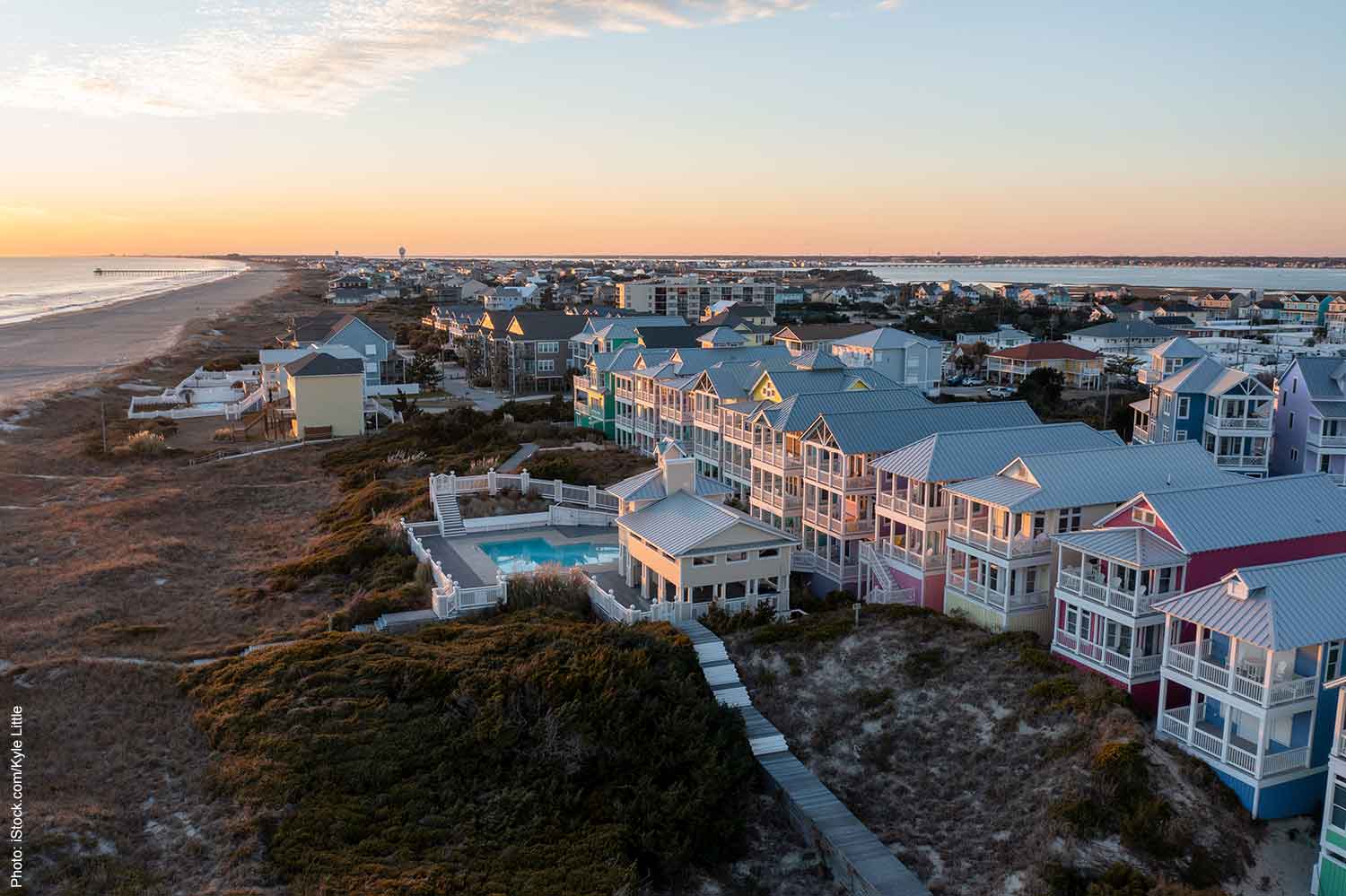
If you’re dreaming of a seaside vacation home, or maybe you’re planning to leave the hustle and bustle of the city and move to the coast permanently, there are a few things you should know first.
Of course, there is the beauty of the coast and the tranquility that comes from relaxing on the beach, but coastal homes need to be built differently than homes in other terrains.
Whether it’s on the beach or in a coastal community not on the beach but a little inland, these are some things to consider before building a home on the coast:
Hurricanes
Storms seem to be happening more often, so building a home that can withstand hurricane-force winds is a must. Whether your home is right on the water or further inland, there’s a very good chance it will be subject to high wind pressure.
Installing windows and shutters that can withstand high wind pressure is crucial in a coastal home. Broken windows during a storm will allow all the outside elements into a home and cause significant damage. The windows on a coastal home should be made from impact-rated glass to protect the home against debris and wind.
Outdoor Living
Why do people want to live on the coast? To enjoy the beautiful scenery, of course! That’s why outdoor living spaces are prioritized when building a coastal home.
A deck is a must-have on a coastal home to allow for views of the beach and surrounding area. Better yet is an outdoor kitchen and dining area where you can prepare meals and eat al fresco, enjoying the salty air and listening to the sounds of the sea.
If you want the feel of an outdoor space without actually being outside, you could include a screened-in patio or a sunroom in your home design. This way, you could enjoy the stunning views while protecting yourself from bugs or bad weather.
Flooding
Coastal areas are prone to flooding, so coastal homes need to be built with that in mind. The risk of flooding increases the closer the home is to the shoreline, but depending on the area, homes that are further inland are also at risk of damage from waves and storm surges.
Coastal homes should be built on a raised support structure to protect the home from flooding. Home systems like the air conditioner and water heater should also be on a higher level to avoid damage in the event of a flood. It’s also wise to choose materials that are water resistant, like tile, over items that would be irreparable after a flood, like carpeting.
Materials Matter
Coastal homes can’t exactly be designed based on today’s trends. Instead, materials that can withstand water, salt, and humidity must be included in the home design to minimize maintenance and damage.
On the exterior of a coastal home, bricks are a great choice since they are incredibly durable. Metal roofs will last longer in the coastal climate than wood roofs. Tile is a better flooring choice inside the home than wood since the wood will not last in humid climates.
Please let us know if you have any questions about building a coastal home!




